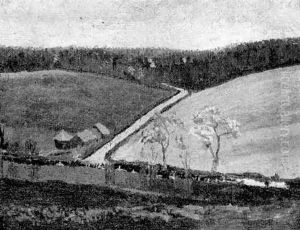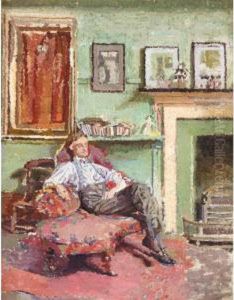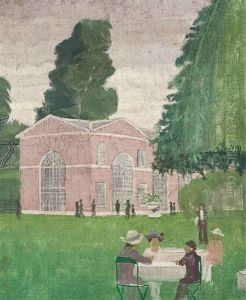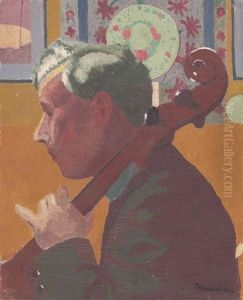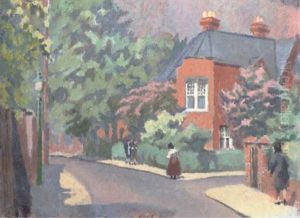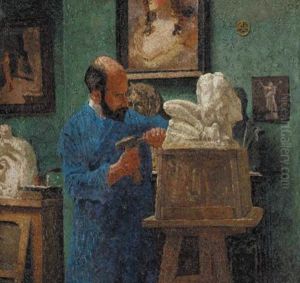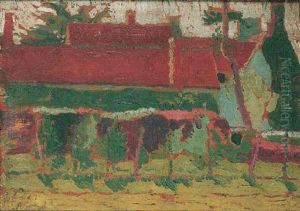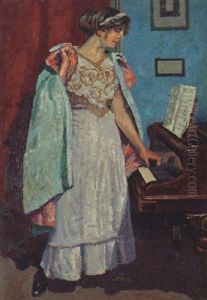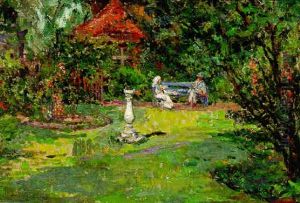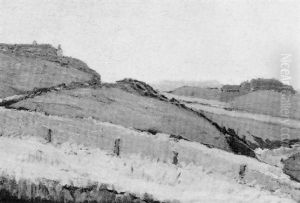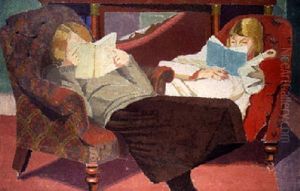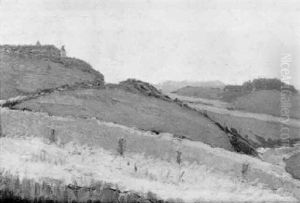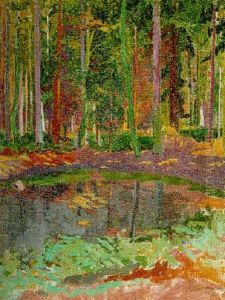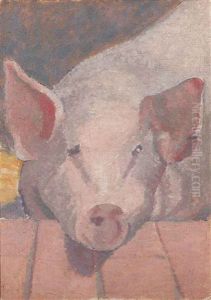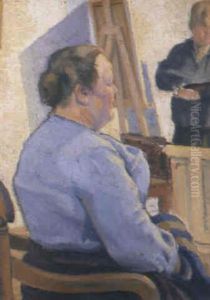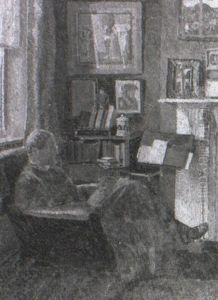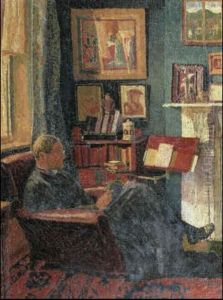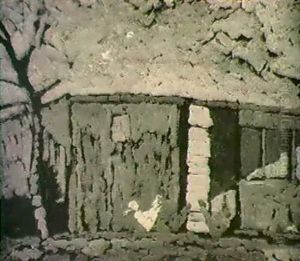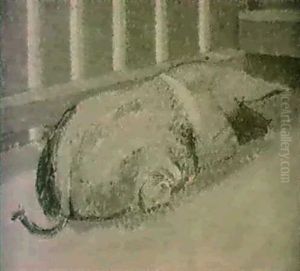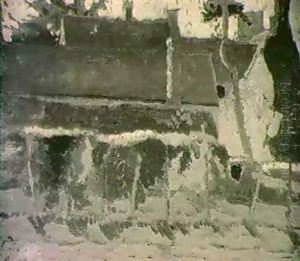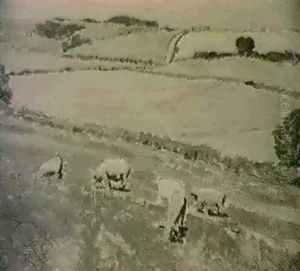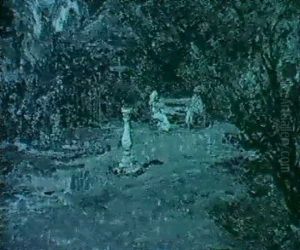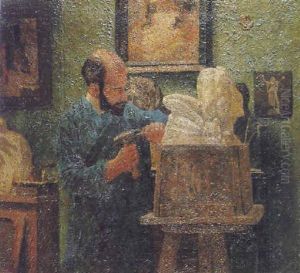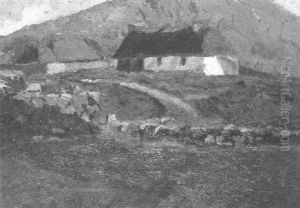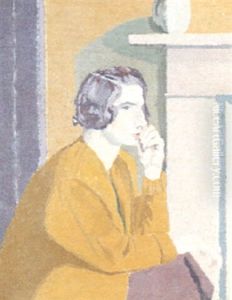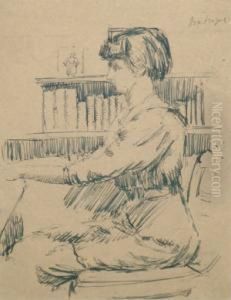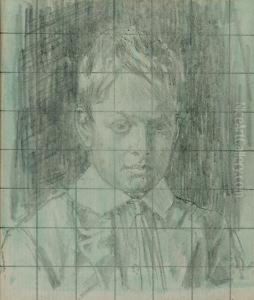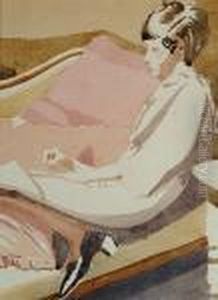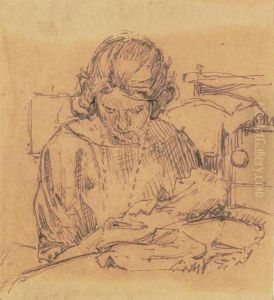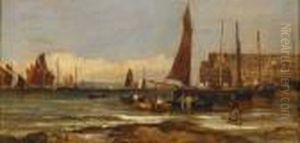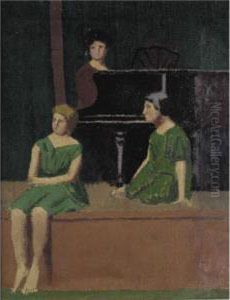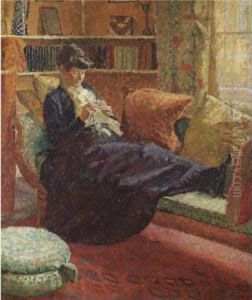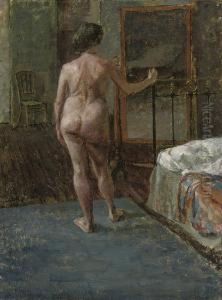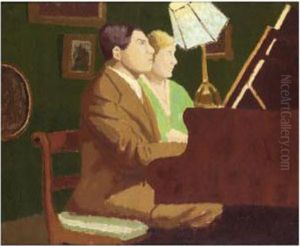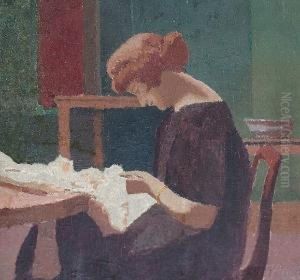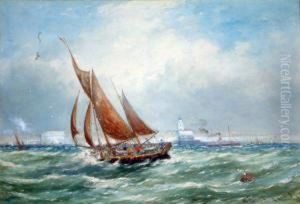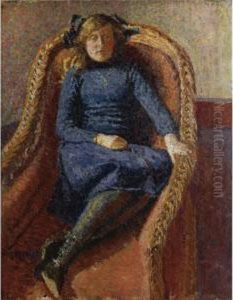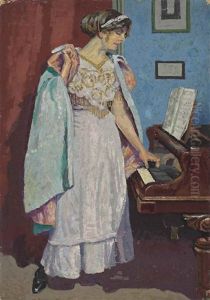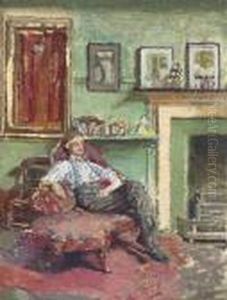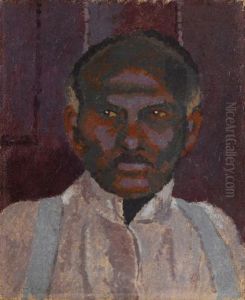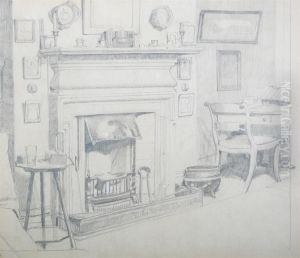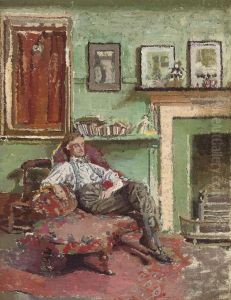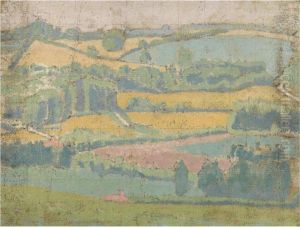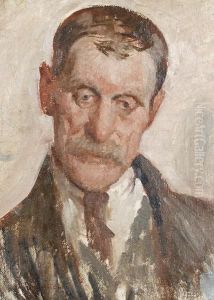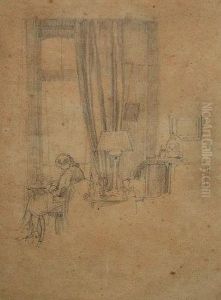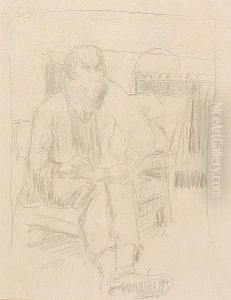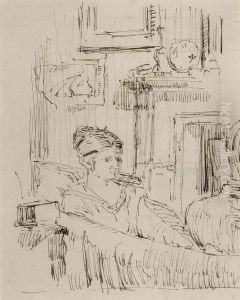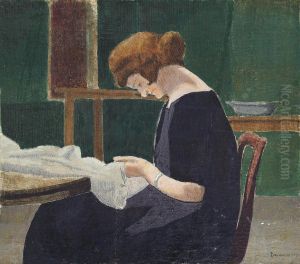Malcolm Drummond Paintings
Malcolm Drummond was an English painter whose work contributed to the modernist movement in Britain during the early 20th century. He was born on 24 May 1880 in Boyton, Wiltshire, England. Drummond studied at the Slade School of Fine Art in London, which was a leading institution for art education at the time. There, he was influenced by the teachings of Henry Tonks and Frederick Brown, who emphasized the importance of classical drawing skills and the study of old masters.
Drummond was associated with the Camden Town Group, a collective of artists who were inspired by the urban life and landscapes of London. The group, which included notable artists such as Walter Sickert and Harold Gilman, sought to depict the realities of contemporary life in a direct and unglamorous manner. Drummond's works from this period are characterized by bold colors and strong brushwork, reflecting the vibrancy and chaos of the city.
During World War I, Drummond served in the Royal Garrison Artillery, and his experiences during the war influenced his later work. After the war, his style evolved, showing a greater concern for structure and form. He became interested in the architectural and geometric aspects of composition, which can be seen in his paintings of interiors and still lifes.
Drummond's contribution to British modernism was significant, although he did not gain the same level of fame as some of his contemporaries. He continued to paint until his death on 7 December 1945. Drummond's work is represented in various public collections, including the Tate Gallery in London. Despite his relatively low profile, he remains an important figure in the history of British art, particularly for his role in the Camden Town Group and his advancement of modernist aesthetics in the UK.
